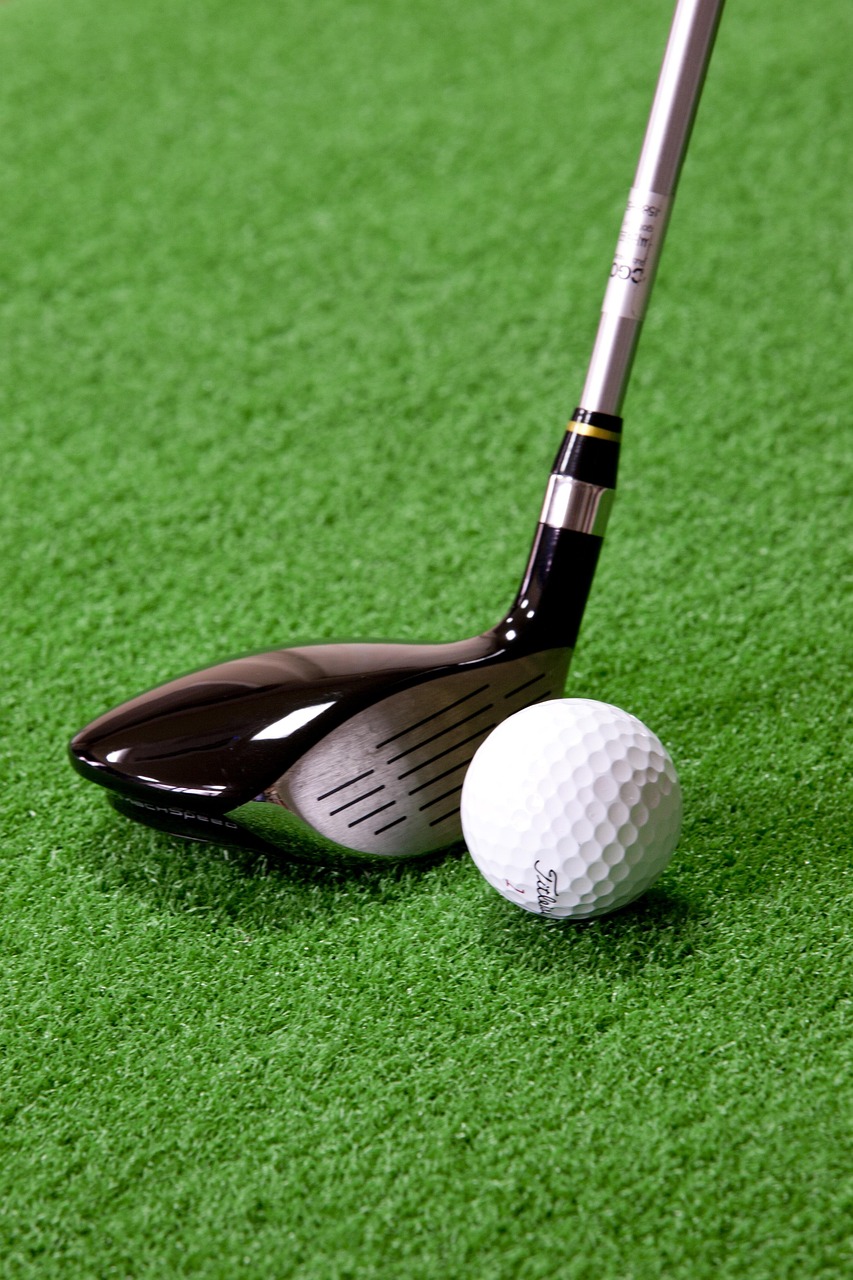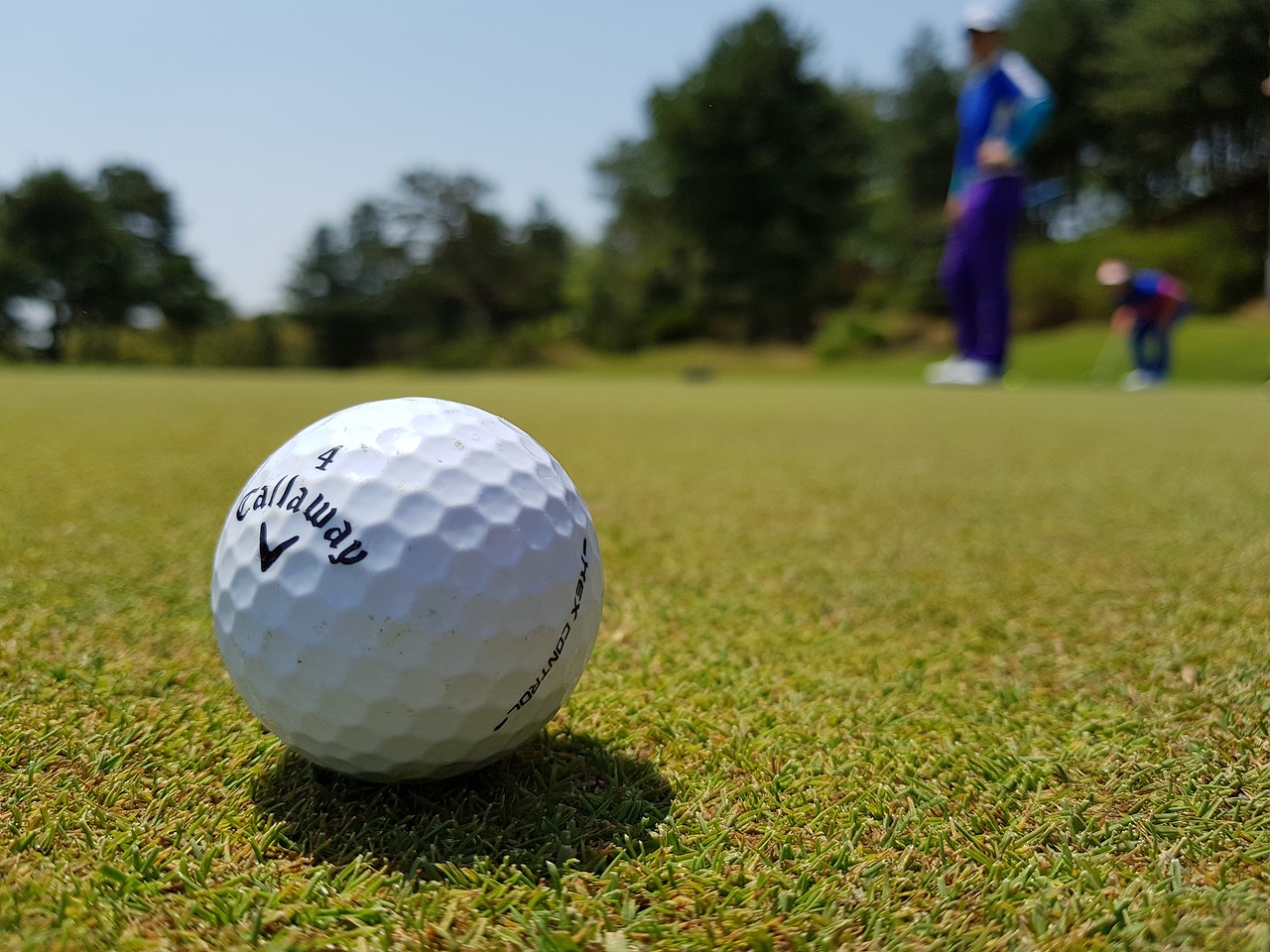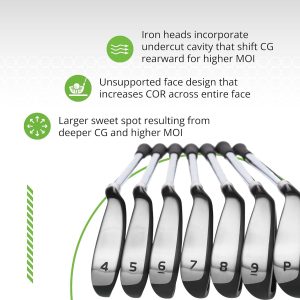Have you ever found yourself standing in a golf store, gazing at the myriad of clubs on offer, and wondered which one would elevate your game? This is a common dilemma faced by many golfers when choosing between a 3-wood, 5-wood, and a hybrid. Understanding the distinct characteristics of these clubs, as well as how they could fit into your playing style, is pivotal in making an informed decision.
Understanding Fairway Woods and Hybrids
Before diving into the specifics of whether a 3-wood, 5-wood, or hybrid is best for you, it’s essential to grasp the basics of what each of these clubs offers.
What is a Fairway Wood?
Fairway woods are a type of golf club that are designed primarily for long-distance shots. The numbers on these clubs, such as 3-wood or 5-wood, generally refer to the loft of the clubface. The loft impacts ball trajectory and distance. Generally, the lower the number, the lower the loft and, often, the longer the shot.
Fairway woods are typically made with a lighter, longer shaft and a larger clubhead compared to other types of clubs. This design provides more forgiveness and helps in achieving longer distances, making them ideal for tee shots or second shots on par 5 holes.
What is a Hybrid Club?
Hybrid clubs are designed to incorporate the strengths of both irons and woods. As the name suggests, they blend features of irons and woods to offer a unique club suitable for a range of situations. Typically, hybrids have a more lofted face than fairway woods which enables players to achieve higher ball flights.
Hybrids are particularly beneficial in making challenging shots with tough lies easier. The compact size compared to a wood, coupled with the increased loft, makes them a popular choice among many golfers.
Comparing the 3-Wood, 5-Wood, and Hybrid
Characteristics of a 3-Wood
The 3-wood is one of the longest clubs in the bag, often sitting just below the driver in terms of shaft length. Its defining feature is the low loft—usually ranging between 13° and 16°. This club is excellent for reaching long distances from the fairway or off the tee when a driver isn’t the best choice. However, it can be challenging to master for beginner players due to its lower loft, which requires precise control to consistently achieve the desired lift and distance.
Characteristics of a 5-Wood
A 5-wood typically offers more loft than a 3-wood, often falling between 17° and 19°. This increase in loft allows for a higher ball flight, making it useful for shots where you need the ball to land softly, such as those approaching a green. The slightly shorter shaft also provides more control, which can make it an easier club to handle for many golfers compared to the 3-wood.
Characteristics of a Hybrid
Hybrid clubs vary greatly in design, generally ranging from 16° to 27° in loft. However, they offer unique versatility, as they can be more forgiving on uneven or difficult lies compared to traditional fairway woods. They often excel in replacing longer irons, providing similar distance with a higher trajectory and more control.
| Feature | 3-Wood | 5-Wood | Hybrid |
|---|---|---|---|
| Loft Range | 13° – 16° | 17° – 19° | 16° – 27° |
| Distance | Long | Moderate | Versatile |
| Control | Moderate | Higher | High |
| Use Cases | Tee shots, fairways | Approach shots | Tough lies, replacing long irons |

Which Clubs Fit Different Playing Styles?
Playing Style Considerations
When choosing between these clubs, consider your individual playing style. Are you the type of golfer who enjoys taking risks off the tee with longer shots, or do you prioritize precision and control?
Aggressive Distance Seekers
For golfers who thrive on hitting prodigious distances, a 3-wood can complement a driving-first strategy. The club can be extremely effective for long par 5 holes or when a narrow fairway demands a step-down from the driver.
Controlled and Strategic Players
For those who prefer a measured approach with a higher emphasis on accuracy, a 5-wood might be more appropriate. Its higher loft offers greater control and the ability to precisely land balls on the green, even at longer range situations.
Versatile and Adaptive Golfers
If your game crosses a variety of scenarios from deep rough to open fairways, hybrids could well be the best fit. Their ability to serve multiple roles—from replacing difficult-to-hit long irons to acting as fallback when drivers and woods aren’t ideal—makes them a versatile choice.
The Benefits of Combining Different Clubs in Your Bag
Why Not Use All Three?
There is a notion among many golfers that they must choose one club over another, yet combining these clubs in your bag could potentially optimize your performance. By doing so, you can cater to various shot requirements and course challenges effectively.
For instance, a setup with a driver, a 3-wood, a 5-wood, and a hybrid offers the ability to interchangeably select the club most apt for the scenario. This approach maximizes your strategic arsenal, allowing you to be prepared for a wide array of playing conditions and obstacles.

Tailoring Your Decision Through Personal Assessment
Understanding Your Strengths and Weaknesses
Embarking on an honest assessment of your own strengths and weaknesses is invaluable when deciding which clubs to carry. Consider the following:
- Evaluate Your Average Distance: Knowing how far you hit your current clubs can help determine if a particular club would fill a gap or improve your range.
- Examine Your Consistency: Review how frequently you hit fairways or reach greens in regulation. Identify any patterns of inconsistency.
- Consider Your Course: Review the layout of your most common courses. Are they short and narrow with emphasis on precision, or long and expansive favoring distance?
Testing Before You Decide
Before committing to any club, consider utilizing golf simulators or direct testing on a driving range. Most golf shops offer the ability to test clubs, allowing you to experience how each feels in your hands and reacts to your swing style. Such trials can often simplify what appears initially as an overwhelming choice.
The Psychological Aspect of Choosing Clubs
Confidence Is Key
Not to be underestimated is the psychological impact your choice can have. If a specific club feels right or gives you a boost of confidence, its benefits could extend beyond raw statistics. Sometimes believing you have the right tool in hand can influence your game even more profoundly than the specs indicate.

Conclusion
Ultimately, whether you should carry a 3-wood, 5-wood, or hybrid depends on a careful assessment of your personal game and playing conditions. The ideal configuration is often not just about choosing one over the others, but rather creating a balanced set of clubs that complement each other. Challenges in the game of golf constantly shift—as should your adaptation of the clubs in your bag. By comprehensively weighing factors like loft, distance, control, personal style, and course demands, you can establish a versatile setup that optimizes your performance on the course. So next time you’re out there, grab your bag, feel confident in your choices, and let your individual strategy steer you towards better performance.






